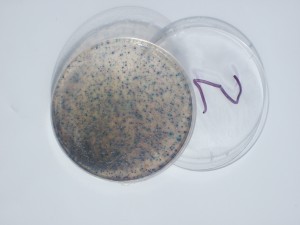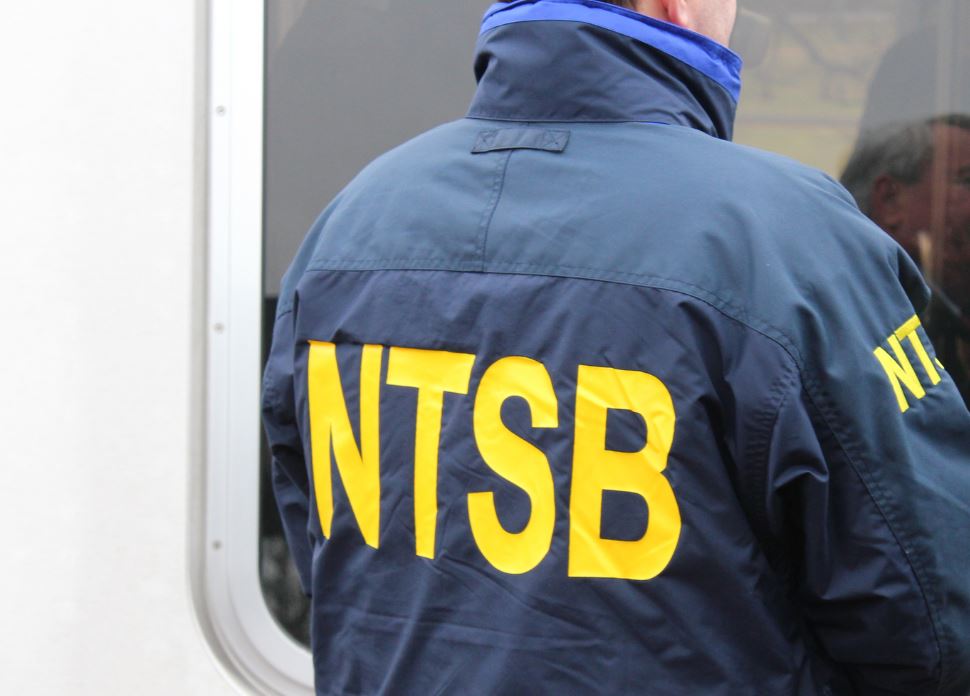
It’s a beautiful day in midtown, and Thom Eley of the Anchorage Waterways Council circles the perimeter of a pond in Cuddy Park with his intern Robert Veeh.
Robert squats at the lakes edge and measures its temperature; it’s about 70 degrees fahrenheit. He then unwraps an eyedropper, sucks up 5 milliliters of water, and drips it into a small vial so it can be tested for fecal coliform, a bacterium found in human and animal feces.
If you find high fecal coliform counts, there’s only one way that’s getting in there,” Eley says, holding back a chuckle. “Some sort of poop is going in the water.”
Eley has monitored the pond in Cuddy Park—which is actually a part of Fish Creek—for thirteen years. He has found high levels of e-coli and other fecal bacteria in the waterway. His advice to park visitors: “Don’t fall in it, don’t get a mouth full of water.”
Fecal pollution has many possible sources, such as leaking septic systems, homeless camps, and duck droppings. But Cherie Northon, executive director of the Anchorage Waterways Council, says the most common vector is probably dogs. “There are about 70,000 dogs in urban Anchorage,” she says. “Every dog is going to poop maybe a half a pound. If you do the math, that’s 20, 30 tons a day, not a year but a day, that ends up on the ground.”
If dog owners don’t pick it up, all of that poop gets washed into the city’s streams and rivers. As of 2010, essentially all of Anchorage’s waterways were on the EPA’s impaired water list for high levels of fecal bacteria. “It’s an invisible problem, it’s not a floating piece of trash or an oil sheen,” Northon says. “The water looks crystal clear, and yet it’s carrying all of this bacteria.”
Fecal pollution isn’t uncommon in urban waterways, and it doesn’t harm fish or other wildlife. It can cause nausea, vomiting, and diarrhea if ingested by humans, though, which is why Northon says Anchorage’s watershed needs to be cleaned up.
“We’ve gone down Campbell Creek, my husband fell off the back of our raft once, and in that situation you grab a mouth full of water….You’re not planning on it but you still get it in your mouth.”
State and local agencies are trying to remove fecal bacteria from Anchorage’s watershed in a number of ways, including erecting “mutt mitt stations” near lakes and streams, which hold plastic bags for dog refuse; regulating septic systems more carefully; and, doing regular street sweeps to reduce the amount of bacteria traveling in storm water.
Over the past few years three Anchorage lakes have been removed from the impaired water list, including Lakes Hood and Spenard.




